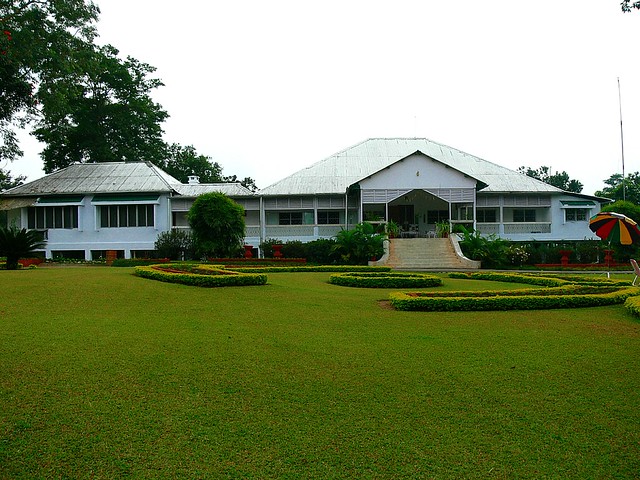Assam Tea, CTC Tea, News & Update, Orthodox Tea, Tea, Tea Business
Assam tea survived World War II
In the Brahmaputra valley, conversations about tea slip into stories from war days, when bungalows were used as bunkers and plantations doubled up as military bases
Do you see that?” asked a friend, pointing to the photograph of the Chota Tingrai tea bungalow in Tinsukia district, Assam.
It’s beautiful and I nod in appreciation.
“Not the bungalow, that,” she jabs a finger at the bottom of the building. “Those vents… For the bunker…,” she continues in a sombre voice,“from World War II.”
That’s the thing about tea…there’s a story at every turn. Like this one; remnants of World War II still abound and conversations on tea estates do slip into stories from the war days.
The Dikom Tea Estate in Dibrugarh district is one of India’s oldest tea plantations. Their teas are prized and expensive (in 2019, they sold for ₹75,000 per kilogram at a Guwahati auction). Not far is Chabua, home to India’s first successful tea garden, Chubwa, and also an air force training centre. In 1942, a part of the Dikom Tea Estate became a military base for the Allies and the Chabua airfield was used by them to fly supplies to the Chinese army. The air route, nicknamed “The Hump” by the pilots, was extremely dangerous. It was “The Skyway to Hell”; some 590 aircraft and 1,200 crew were lost on these missions. But, as one historian puts it, it kept China alive. Dinjan, a few miles north of Chabua, also home to a famous tea garden, had a Royal Air Force airfield.
Tea workers played their part in the war effort. In 1942, as Japan closed in on Burma, it’s believed that half a million Indians were evacuated, and when sea and air routes closed, they walked through thick jungle with swollen rivers. Some reports say 220,000 survived, with the official death toll at 4,268. Since they knew the jungle routes, tea workers were able to go into the jungles and rescue many who had given up in exhaustion. A transit camp was set up in Dibrugarh.
Perhaps the saddest story is about Ledo Road. Following Japan’s occupation of Burma in 1942, there was a hurried conference in Delhi, attended also by the chairman of the Indian Tea Association. He was reportedly asked to supply workers for the construction of a road through Manipur up to Tamu, Burma, and another from Ledo in Assam to Kunming in China. The 1,736 km-long Ledo Road, through the most inhospitable terrain, took three years of non-stop work. Led by American engineers, it deployed Indian workers from tea gardens, oil fields, from Assam, Darjeeling, even Travancore. It was finished in January 1945.
But Ledo Road was never put to its intended use. Tragic, because so many died during its construction. The actual numbers are not known but reports say it took “a man a mile”.
Today, nearly 80 years later, the gardens are still there. And that cup of Assam tea brims with history.
Book Takes
Forgotten Frontier by Geoffrey Tyson and Navvies To The Fourteenth Army by A.H. Pilcher

